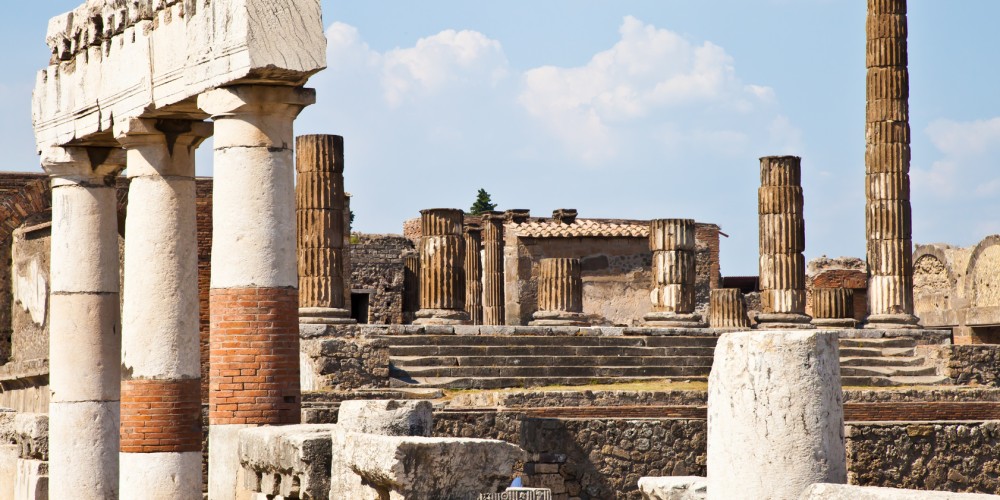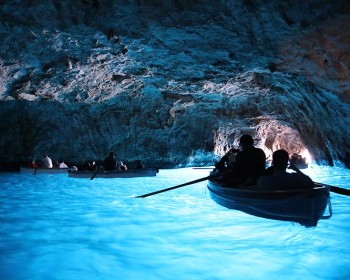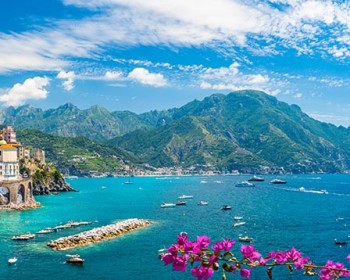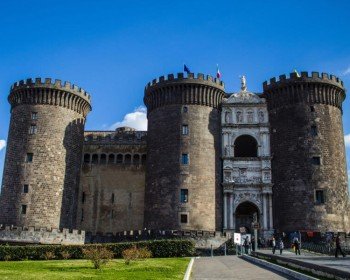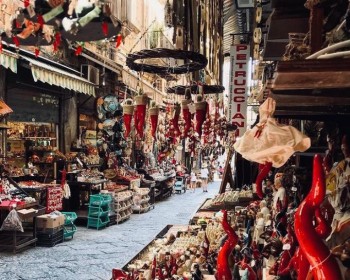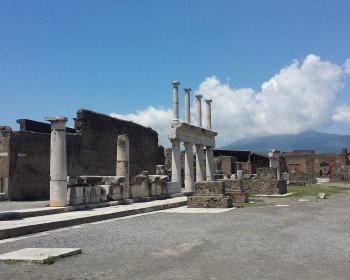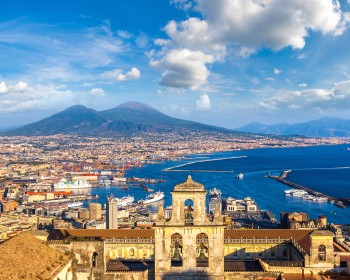Located in the Southern area of Italy in Campania region, just 30 minutes by car from Naples city center, Pompeii is one of the most well preserved archaeological sites in the world, and the 3rd most visited place in Italy.
Placed at the bottom of the Volcano, Pompeii as all the other towns nearby has been deeply linked to the presence of Vesuvius throughout its development.
Its nickname of “Lost city” remembers the tragical day in which Mount Vesuvius buried the whole town and its inhabitants with scorching lava and merciless violence. Pompeians seem to be forever stuck in a moment of their everyday life, giving us the chance to experience a common day in Roman Empire.
1 History
Although Romans were the most relevant ones to populate Pompeii, they weren’t the first.
In fact, the first villages in this area were actually founded by the Oscans between 7th and 6th century BC, then they were succeeded by the ancient Greeks and finally Romans conquered that area between 4th and 3rd century BC.
2 Favourite Holiday
Pompeii was the favourite getaway for wealthy people of Rome and they enjoyed so much spending their free time here that they built their own Domus there.
This ancient town resembled Rome itself, as it was provided of all of the main features of the Eternal city, such as the Forum, baths, markets, taverns and a great amphitheater where fights between brave gladiators and wild animals were held. Today, it is still possible to admire breathtaking colorful frescoes adorning the main buildings which keeps on standing still as time has never changed.
3 Underestimated warnings
Although it is well known to be a Volcano now, Vesuvius was considered to be just a common mountain during ancient times, and local people were completely unaware of the risk they were going to encounter. Before its main eruption, there had been earthquakes in the same area, however Romans keep on spending their lives there without paying much attention to nature warning signs.
4 The Eruption
The very date of the eruption is thought to be on August 24th 79 AD, however, there are no exact proofs of it. On that day, Vesuvius caused the largest ruin ever recorded in the same area until Roman era.
Suddenly, local people were frightened and began to tremble at seeing the sky turning black by the ashes, as it was falling down over them. Some of them managed to escape away, while others just tried to protect themselves in whatever way they could, without success.
Several surges of mixed ashes and melted burning rock covered Pompeii completely, leaving absolutely nothing alive.
5 Doomed fate
Despite the fact that is may seem too easy to believe, local people might have been just unlucky enough to have a chance to survive, as the wind was blowing the wrong way. Usually the wind would have blown east while on that on August 24th 79 AD was blowing west.
6 The hidden body casts
The unstoppable searing eruption that covered with ashes and lapillus Pompeii was so heavy to freeze time to that moment, and citizens kept on being buried alive for centuries.
As a result, their bodies trapped into their last fatal move, left well preserved empty spaces in the ashes, so that we can even imagine what they were doing and which expression they had on their face in the very moment the eruption caught them.
During the past excavations, researchers found out that it was possible to recreate the bodies of the eruption victims by injecting plaster into the empty spaces they left in the ground. Thus, the body casts in the archaeological area are authentic copies of Pompeii inhabitants.
Join us on one of our day trips to Pompeii, either from Rome or Naples, to explore with your own eyes the wonders of this ancient roman town stuck in the past.
